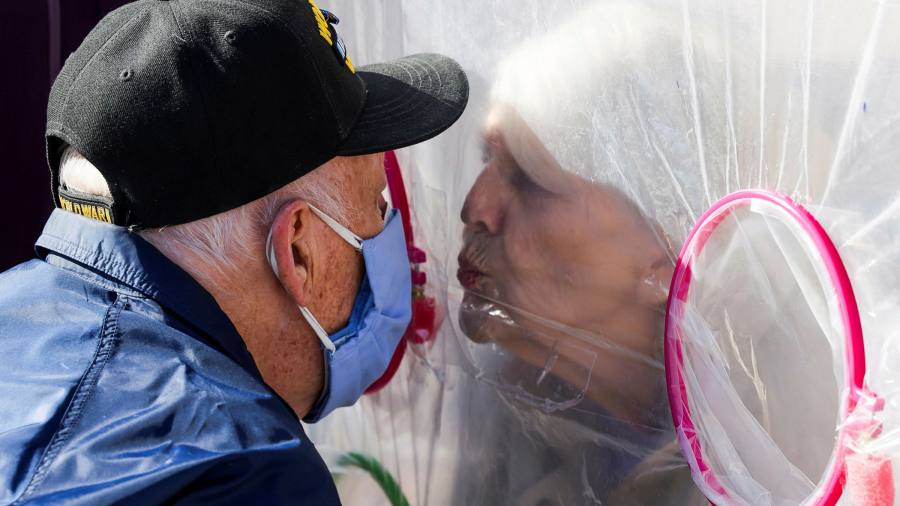[ad_1]
Dear readers,
It has been a brutal 12 months for the US nursing home industry. Senior living centres have been ground zero for the coronavirus pandemic, with roughly one-third of overall deaths occurring in care homes. The headlines continue to be bleak, even as vaccinations are rolled out.
This is a good moment to look at the business models behind the homes. A group of researchers from top US universities — Penn, New York and Chicago — have examined the role of private equity in patient outcomes in the nursing home industry. The conclusions of their working paper for the National Bureau of Economic Research are damning: PE management led to an increase in short-term mortality of Medicare patients by 10 per cent. This is an implied 20,000 lives over the 12-year sample period. Moreover, taxpayer spending per patient went up even as expenditures shifted away from residents towards monitoring fees, interest expense and lease payments.
The study period was closed before the pandemic began. But the timing of the report’s release is noteworthy. The inequities of the US healthcare system have become painfully clear in the past year. The Financial Times reported on Tuesday that top PE bosses took home hundreds of millions of dollars in dividends and deal profits last year, making for a wrenching juxtaposition.Â
According to US government statistics, healthcare spending consumed 18 per cent of gross domestic product in 2019 — almost $12,000 worth of spending per person. The private sector-focused approach supposedly fosters patient choice, innovation and better outcomes. But the system is complex and burdensome for most.
The authors of the report into nursing homes expressed some surprise that PE had taken such a strong interest in the sector, calling it a “puzzle†since profit margins were about 2 per cent or less. But there are many reasons why the sector would be a natural target: the US population is ageing, healthcare spending is growing faster than GDP, government programmes such as Medicare and Medicaid often pick up the tab and real estate holdings allow for high leverage.Â
Then there is the chance to apply the PE playbook. The authors found that PE-owned nursing homes were associated with a 50 per cent increase in the probability of taking antipsychotic medications even as “patient mobility declines and pain intensity increases post-acquisitionâ€. Staffing declines and hours spent with patients were also observed in the study.
PE tends to ascribe dollars to most operating decisions and the professors of this report do the same. In 2016, a “mortality cost†formula implied a $21bn charge to patient deaths — basically a figure that reflects the price of excess deaths. The $21bn charge, the authors noted, was more than twice the sum that facilities received in Medicare reimbursements.Â
Critiques of PE tend to focus on busted retailers and the resulting tens of thousands of job losses. This study extends the scrutiny to life and death.
The American Investment Council, the PE industry’s advocacy group, did not respond to a request for comment. But its homepage boasts that “private equity is improving healthcareâ€.
The hope is that when the pandemic ends, nursing homes will learn and apply best practices for the next health emergency. But the natural follow-up research question is obvious: Did PE-backed nursing homes underperform during the darkest days of 2020?
Enjoy the rest of your week,
Sujeet Indap
US Lex editor
[ad_2]
Source link






